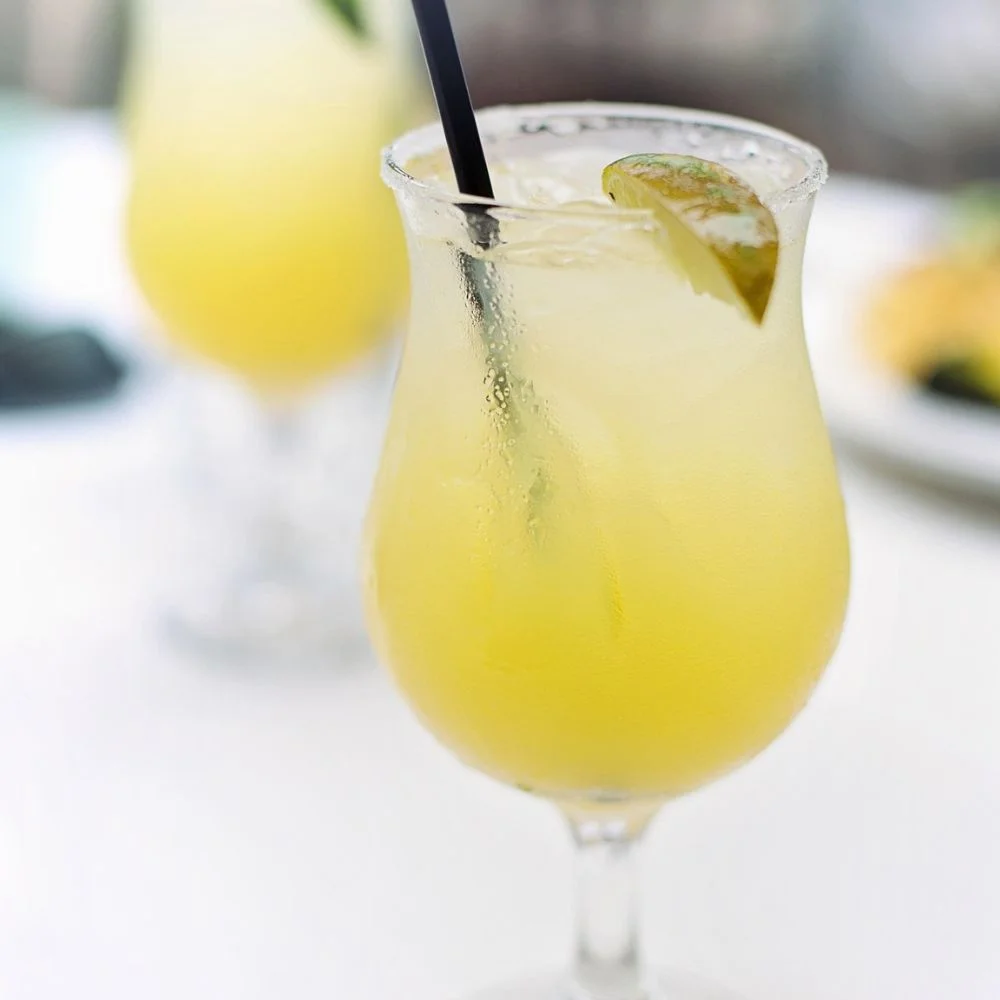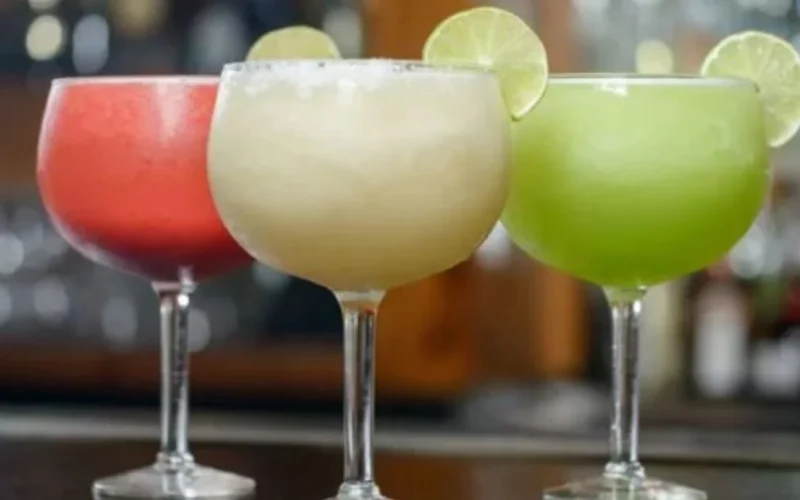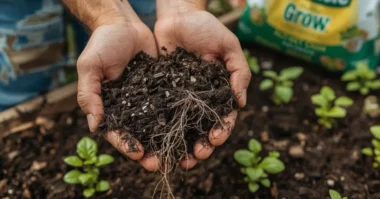Table of Contents
- Myths and Stories about Margarita’s origin
- A Simple Recipe with Big Impact
- Why the Margarita Took Off in the United States?
- A Game-Changer: The Frozen Margarita Machine
- Bottled Margaritas and the Ready-to-Drink Boom
- The Margarita in Pop Culture
- Margarita Day and Global Celebrations
- Margaritas and Social Media
- New trends of Margarita
- Conclusion
The Margarita is more than just a refreshing cocktail, it’s a cultural icon. A simple combination of tequila, lime, and orange liqueur has now become one of the most popular cocktails ever created. Margarita rose to fame, with its mysterious beginnings, its creative variations, and how it continues to influence the beverage industry today.
Myths and Stories about Margarita’s origin
Like many classic drinks, the true story behind the Margarita’s invention is unclear. Several people and places claim they were the first to mix up this beloved drink, and each version adds a bit of flavour to the legend.
One story suggests that Carlos “Danny” Herrera, a bar owner in Mexico, made the drink in 1938 for an actress who couldn’t drink anything but tequila. To make it more enjoyable, he added lime juice and a bit of orange liqueur. Another version says a woman named Margarita Sames mixed it up in 1948 while hosting a party at her vacation home in Acapulco. There’s even a theory that it was a twist on an older drink called the “Daisy,” which in Spanish translates to “Margarita.”
A Simple Recipe with Big Impact
The Margarita is a very straightforward drink, made with just three main ingredients:
- Tequila: usually 100% agave for the best quality
- Fresh lime juice: gives it that crisp, tart flavour
- Orange liqueur: such as triple sec, Cointreau, or Grand Marnier

Optional salt on the rim adds a little extra flavour and makes the drink even more enjoyable. The balance of sweet, sour, and strong in a Margarita makes it easy to love and even easier to customize.
Why the Margarita Took Off in the United States?
By the 1950s, the Margarita had made its way across the border into the U.S. thanks to increased travel between Mexico and the southern states. Mexican restaurants in places like Texas and California began serving the drink, and people were hooked. It was different, refreshing, and perfect for warm weather.
Magazines like Esquire helped boost its fame by featuring it as a top cocktail. Bars began including it on menus, and it soon became the go-to drink for people wanting a little excitement in their glass.
A Game-Changer: The Frozen Margarita Machine
One of the biggest turning points for the Margarita came in 1971, when a young Dallas restaurant owner named Mariano Martinez modified a soft-serve ice cream machine to create the world’s first frozen Margarita machine. This allowed restaurants to serve consistent, slushy Margaritas quickly and easily.
Not only did this invention improve how Margaritas were made, but it also made them more accessible and fun. Soon, frozen Margaritas were everywhere, from bars and beach resorts to chain restaurants.
Popular Margarita Variations:
- Fruit Margaritas: Strawberry, mango, peach, raspberry, and watermelon are just a few options. These add sweetness and vibrant colors.
- Spicy Margaritas: Made with jalapeños, chili powder, or hot sauce, these versions offer a kick for heat lovers.
- Tommy’s Margarita: A modern twist that skips the orange liqueur and uses agave syrup instead, focusing more on the tequila.
- Beer-Garitas: A mix of beer and Margarita, popular in sports bars and casual restaurants.
- Frozen Margaritas: Slushy versions that are perfect for summer and outdoor parties.
- Herbal Margaritas: Infused with ingredients like basil, mint, or rosemary for a more sophisticated flavor.
Bottled Margaritas and the Ready-to-Drink Boom
Another way the Margarita made its mark on the beverage industry is through the ready-to-drink (RTD) market. As demand for convenience grew, companies began selling pre-mixed Margaritas in bottles and cans.
Major brands like José Cuervo, Bacardi, and even newer startups offer various Margarita mixes that allow people to enjoy the drink at home without having to squeeze limes or measure ingredients. The RTD market has grown rapidly, especially after the COVID-19 pandemic, when more people started drinking at home.
The Margarita in Pop Culture
It’s hard to think about Margaritas without hearing Jimmy Buffett’s famous song “Margaritaville.” This laid-back tune helped associate the drink with beach vacations, summer fun, and a carefree lifestyle.
Today, Margaritas are often the drink of choice for celebrations like birthdays, Cinco de Mayo, and backyard BBQs.
Margarita Day and Global Celebrations
Every year on February 22nd, fans of the cocktail celebrate National Margarita Day. Bars and restaurants offer special deals, and social media fills up with colourful glasses and festive toasts.
But the Margarita’s appeal isn’t limited to the U.S. or Mexico. You’ll find it on drink menus in Europe, Asia, and South America, often adapted to local tastes and ingredients. It’s truly a global cocktail.
Margaritas and Social Media
In the age of Instagram and TikTok, the Margarita has found new ways to shine. Its bright colours, pretty garnishes, and frosty glasses make it one of the most photographed cocktails online. Hashtags like #MargaritaMonday or #MargaritaTime keep the drink in the public eye and drive trends for new flavours and presentations.
New trends of Margarita
Although the Margarita has been around for decades, its future looks promising. New trends, such as low-sugar versions, organic tequila, and eco-friendly packaging, are helping the drink stay current in a health-conscious and environmentally aware world.
Conclusion
The Margarita’s rise in the beverage industry is no accident. Its unique blend of flavours, flexible recipes, and rich cultural roots have helped it become one of the most beloved cocktails worldwide. From its unclear beginnings to its current place as a drink icon, the Margarita has come a long way, and it’s not slowing down anytime soon.






